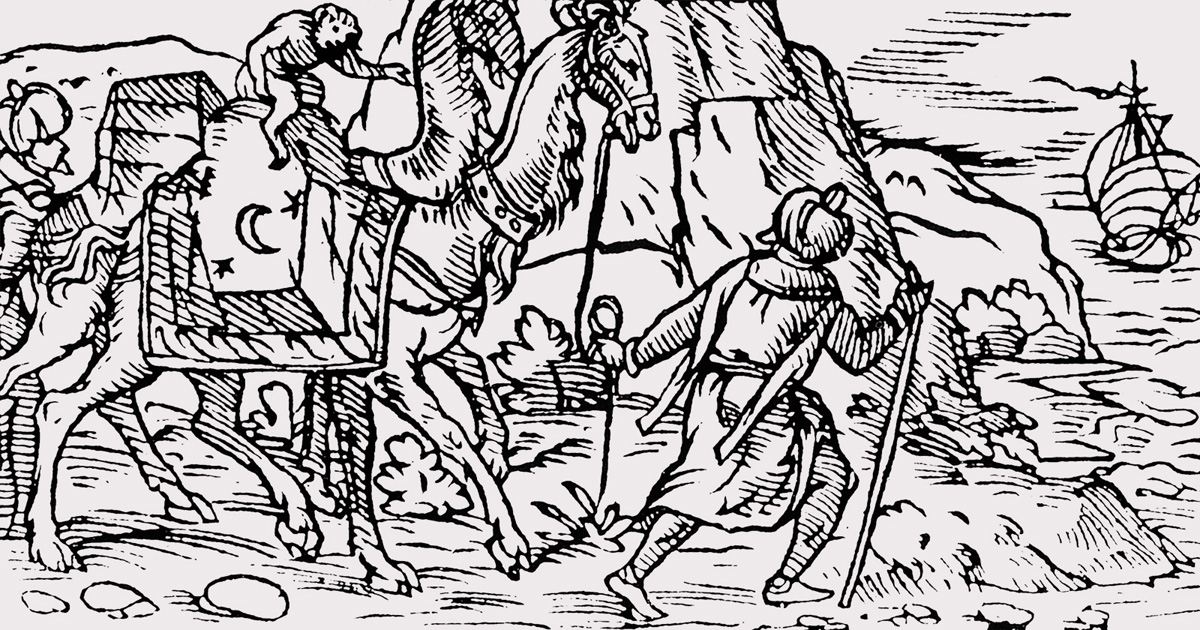IN YEMEN

Coffee spread quickly through the Arabian Peninsula, and for 300 years was drunk following the recipe first used in Ethiopia. In the 14th century, a new method of drinking coffee was discovered: the beans were roasted over a fire, ground and then boiled in water.
In the mid 15th century, coffee cultivation reached Yemen. Yemen’s climate and fertile soil offered the ideal conditions for cultivating rich coffee harvests.
With its new brewing method and aroma, coffee’s renown soon spread even further afield.

